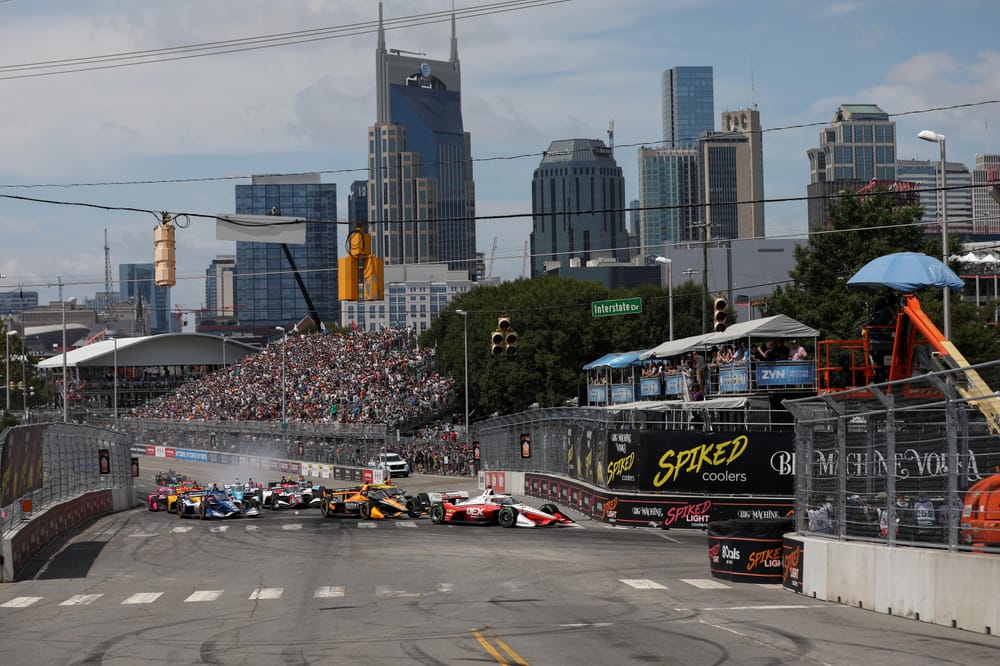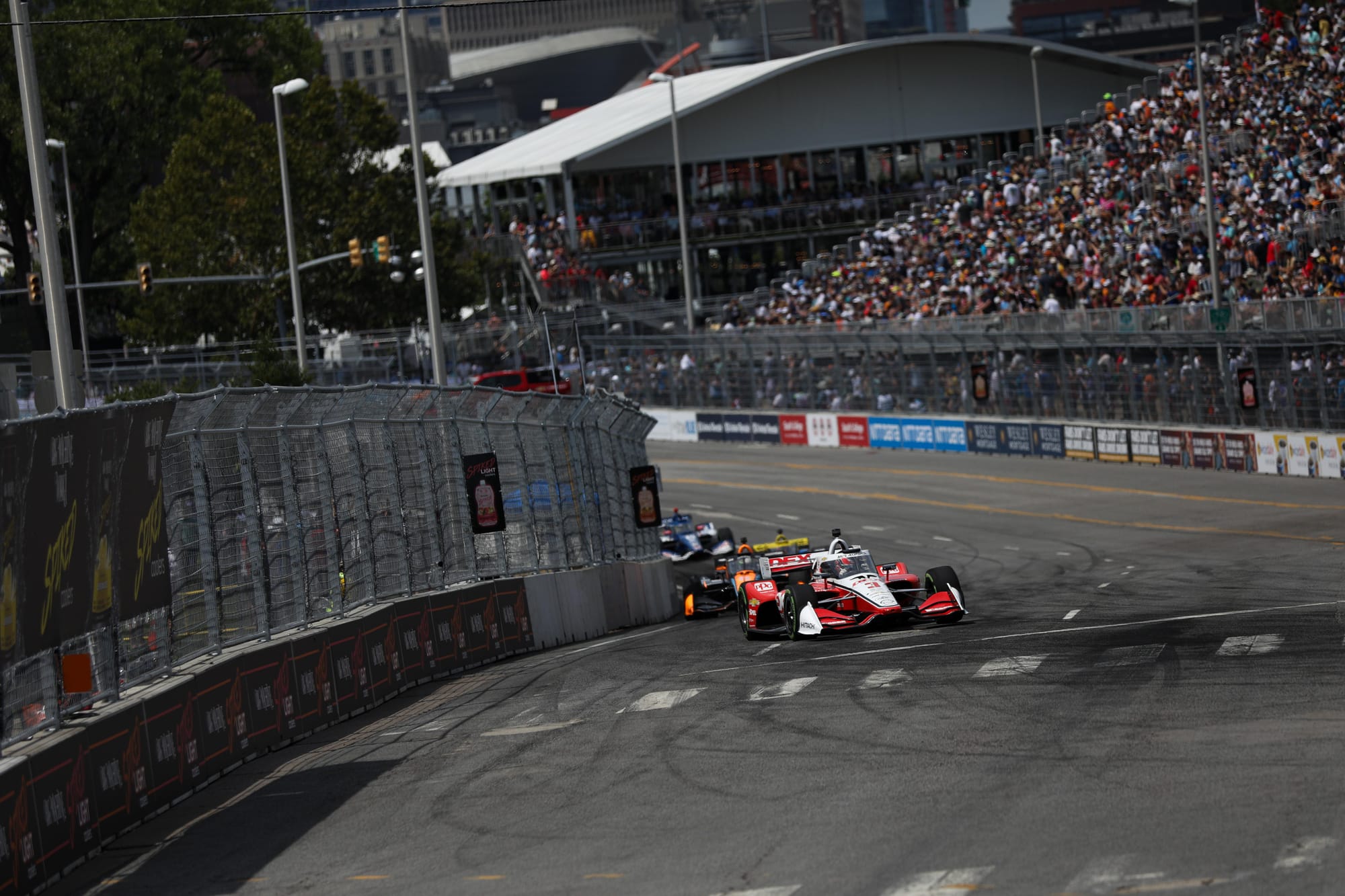The Nashville street race has quickly become one of the most exciting and unpredictable on the IndyCar calendar and was only supposed to get bigger as an event by hosting the 2024 season finale.
But six months after the announcement of a new downtown street course, the race is moving to an oval track for this year.
Given this race has been a welcome addition to the IndyCar calendar, and it’s in one of America’s fastest growing and most successful tourism markets, what has happened to it and why is it moving to an oval outside the city instead?
And what does it mean for the IndyCar calendar, which now finishes with three races on two new tracks added to the schedule for 2024, amid an already controversial end to the season?
The Race analyses the situation to answer the questions of why this move happened and what it means for the series and for the event's future.
What happened to the downtown track?
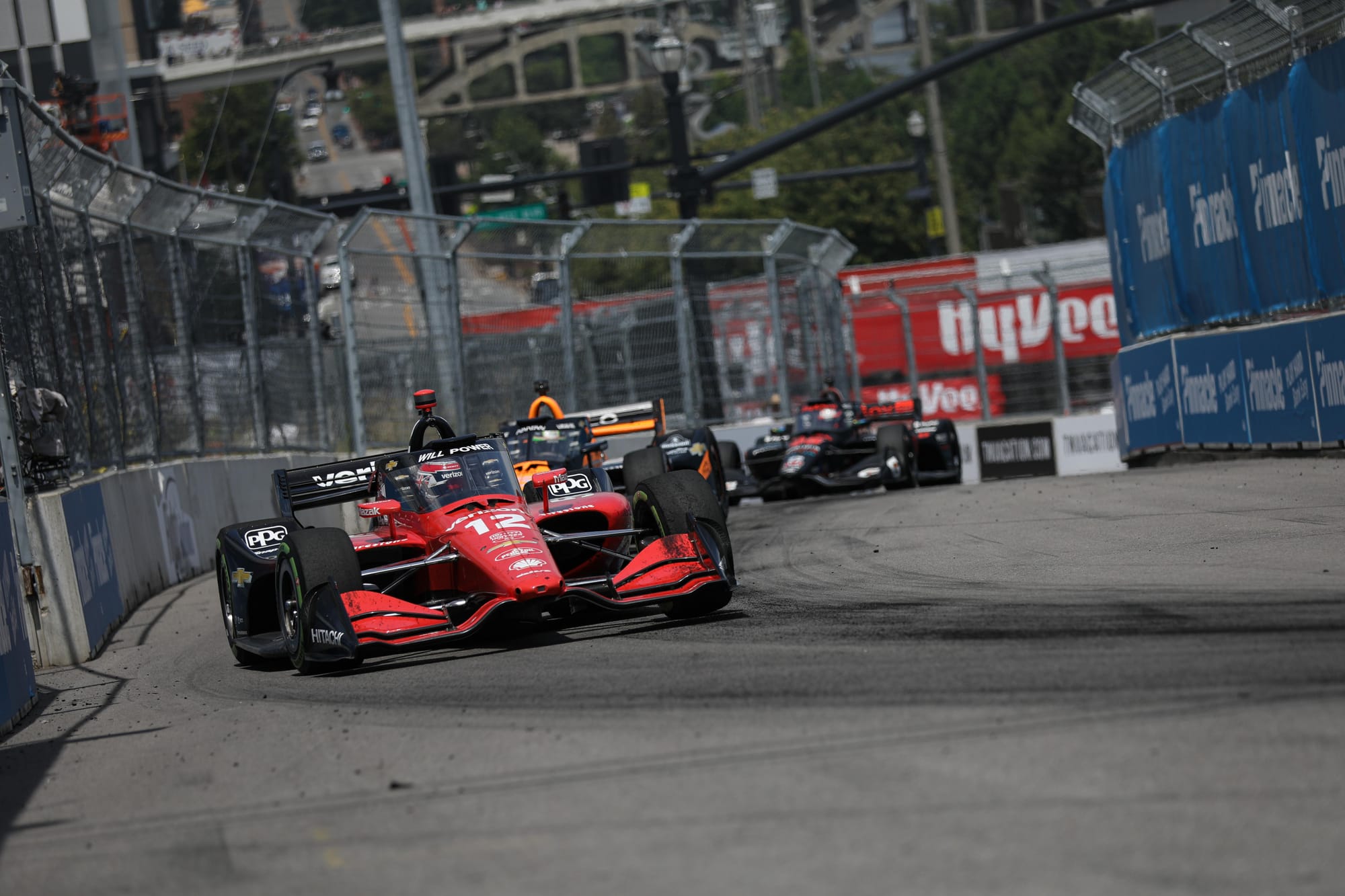
Since its introduction in 2021, the Nashville street race has been dependent on the Tennessee Titans NFL football team’s stadium. It’s crucial for a lot of the event organisation, administration and logistics that are crucial to the event running.
The complication here is that the stadium is being redeveloped, and that has always thrown up curveballs in the planning for this race. Things have changed at short notice and, because the NFL and the stadium are the biggest gigs in town, IndyCar has to slot in around it.
The track had a change of management in December last year, with Scott Borchetta - the event’s sponsor - taking over as its chief. His name might be familiar to some as the founder of Big Machine records in 2005, with Taylor Swift one of its first signings. Borcheta also sponsors other IndyCar races through his Big Machine group.
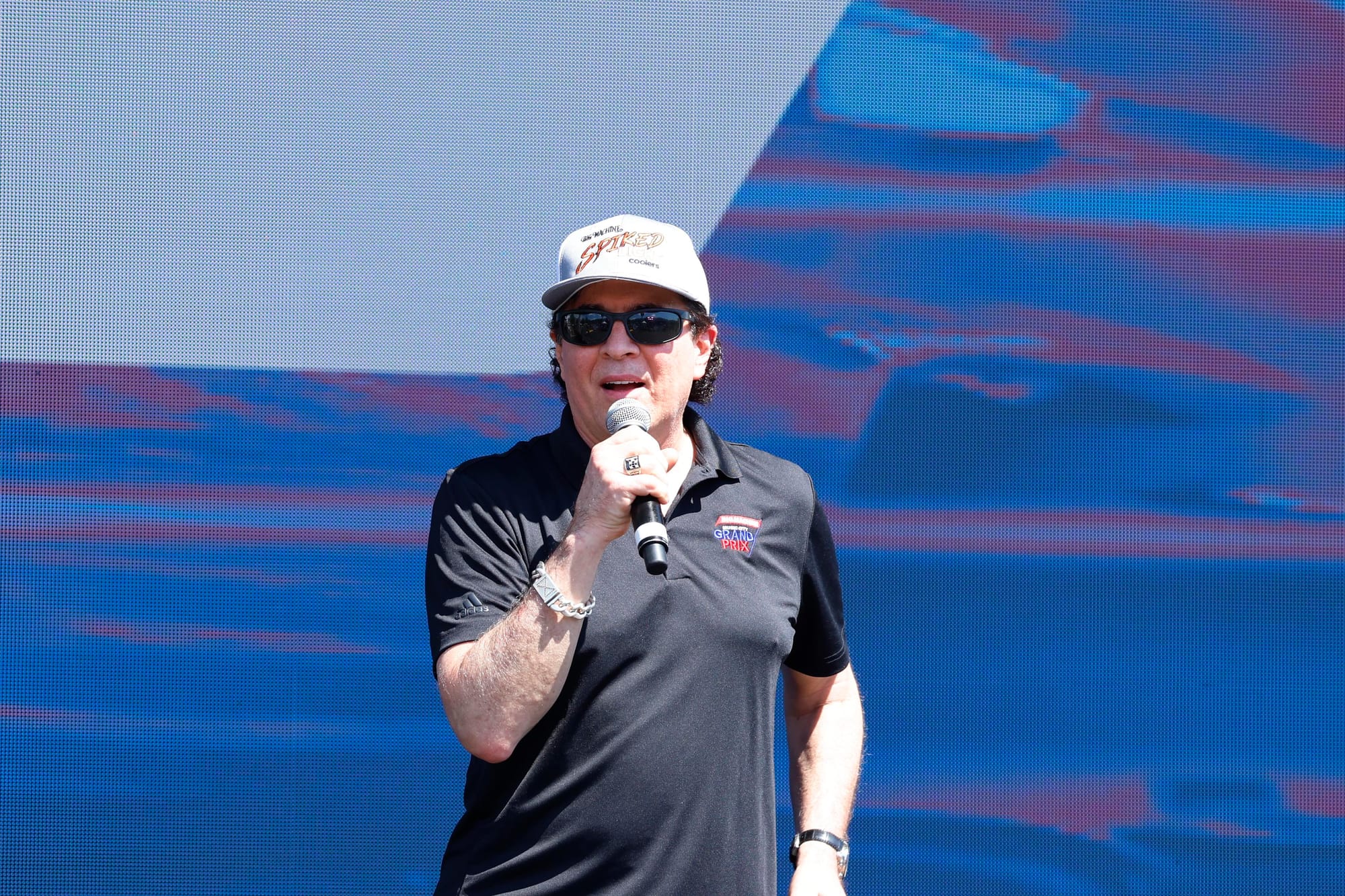
Speaking after the announcement that the race would move to the oval, Borchetta said it had become clear over the last seven to eight weeks that the track wouldn’t be able to hold the race.
Due to the ongoing stadium redevelopment, the race didn’t have access to the space to house the teams, there was not enough room for hospitality, and, perhaps most importantly, it had no guarantee from the NFL that the Titans wouldn’t have a home game on the weekend of the race. The NFL schedule isn’t revealed until May.
With a new mayor in the city, Borchetta also reckons it would have taken until the end of April to get approval for some of the changes that would have been needed to keep the race downtown.
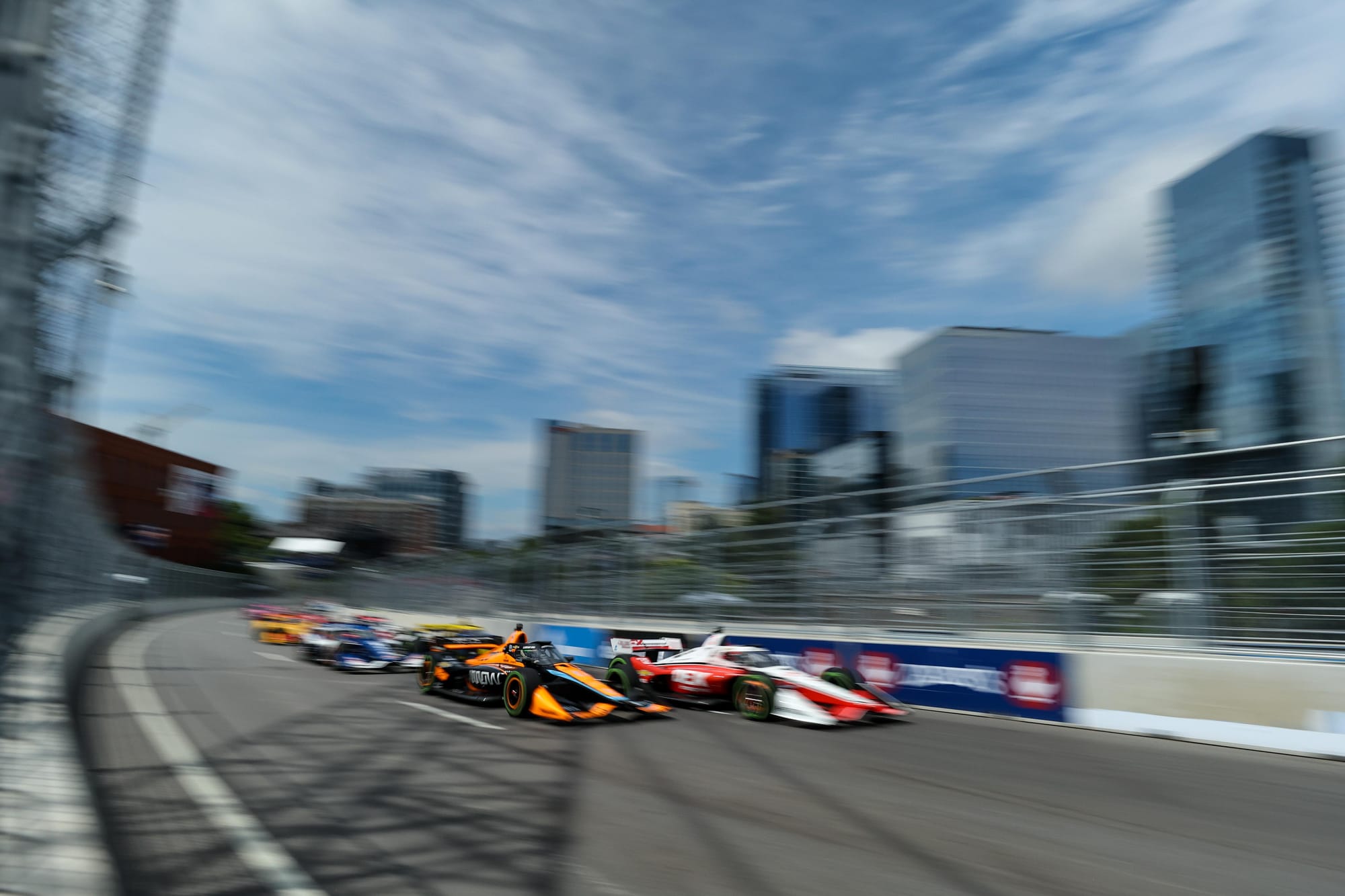
Therefore, it’s very clear that this was a move forced upon the race organiser rather than a ‘Plan A’ switch to the Superspeedway.
“If we had started a year ago on all of this stuff, which I was not in a leadership position [for], I was simply the sponsor at that point, some of these things could have been addressed,” said Borchetta.
Asked if it was fair to suggest, in hindsight, that not enough due diligence was done before announcing the revised street race, Borchetta replied: “I think that's a somewhat fair assessment because the team had been doing it successfully on the prior track.
“I don't think they really understood how much more it was going to take to actually run through what we call the Island downtown.
“So not having those conversations - they should have happened a year ago, and they didn't - that's definitely part of the challenge, and it didn't give any of the municipalities the proper time to really understand and address this. So that was one of the big items.”
What do we know about the new track?
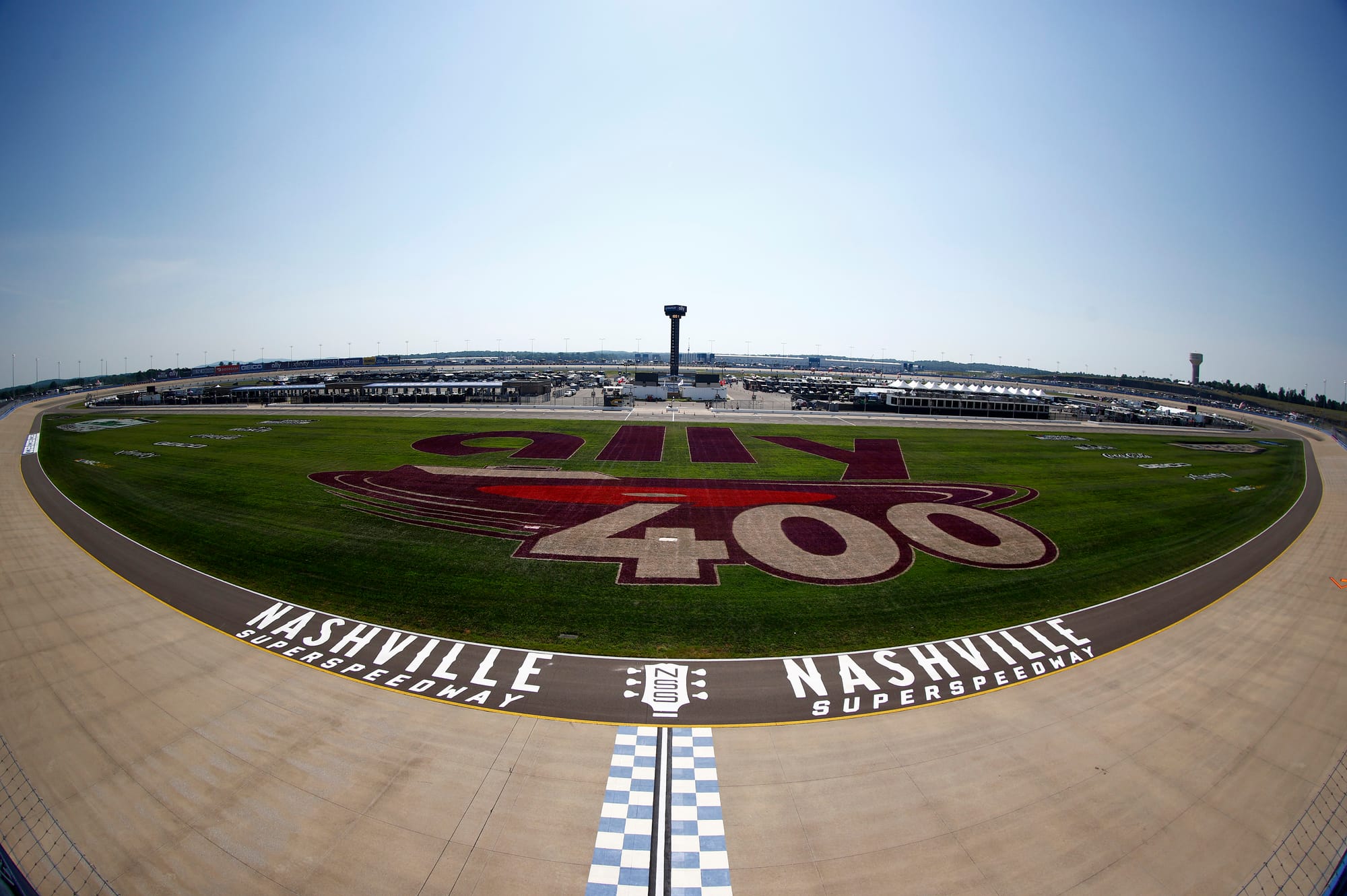
The Superspeedway hosted an IndyCar race between 2001 and 2008 and later closed in 2011. One of the main reasons behind this was that it became clear it would not secure a NASCAR Cup Series race.
In 2020, it emerged that the track was looking to reopen and the following year it hosted its first Cup Series race, won by that year's champion Kyle Larson. It’s raced there annually since and was bought in 2021 by the Speedway Motorsports (SMI) group that also owns famous NASCAR tracks Atlanta, Bristol, Charlotte, Dover, Kentucky, Las Vegas, New Hampshire, North Wilkesboro, Sonoma and Texas.
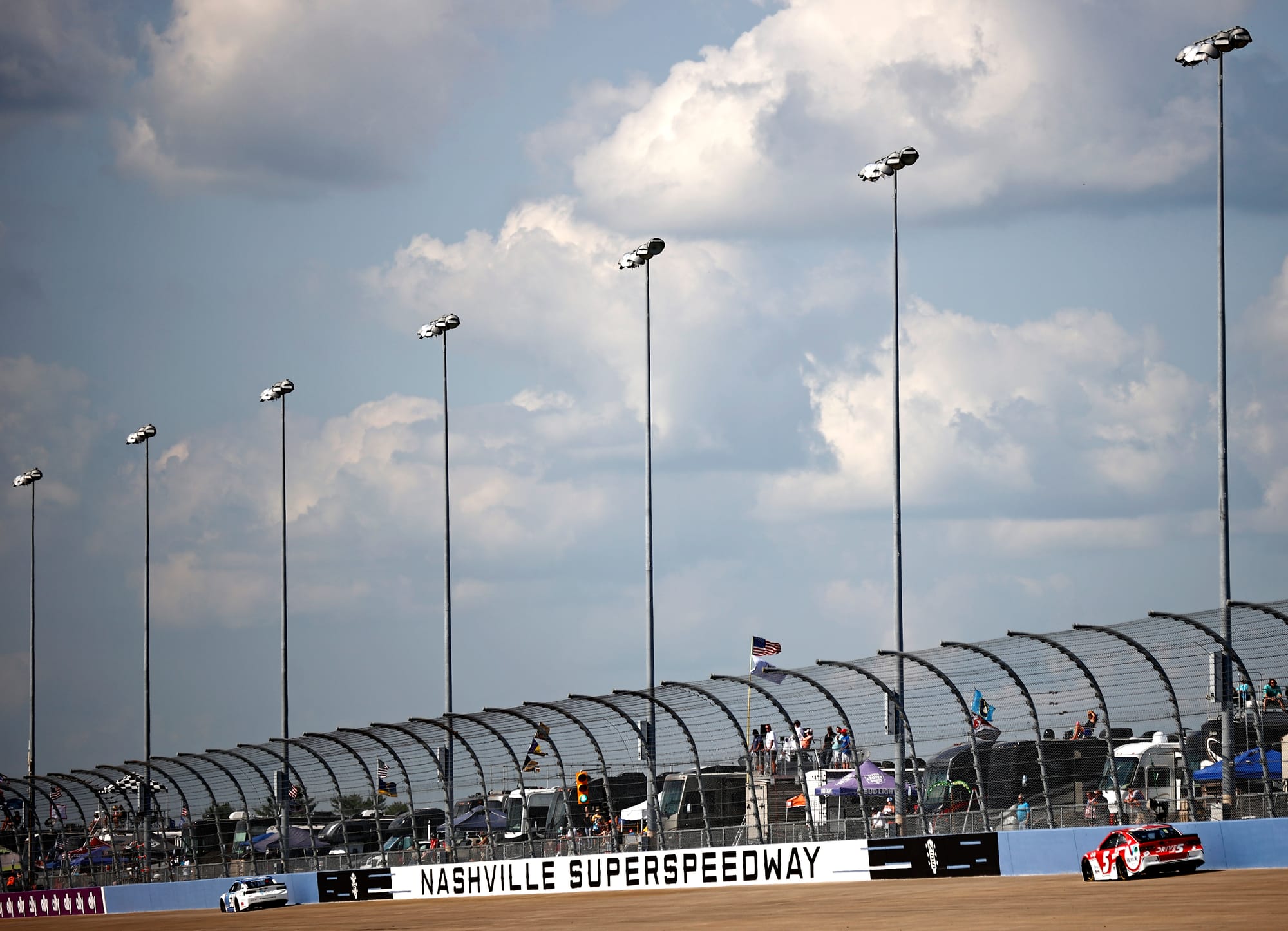
This is a key development in the track’s history as SMI has put significant funding into upgrading the venue in terms of the track and the facilities there, which IndyCar will surely benefit from.
Borchetta also stated that he wants to help fans make the 30-minute-plus journey to the track, so those who have booked city centre accommodation already will have access to shuttle busses and there will even be helicopter rides from the city to the track and back for those who can afford them.
The lead organiser said he wants to make sure the event “feels like Nashville” and has promised it will be “very lively” from when fans reach the circuit.
It’s hard to say how the current IndyCars will race on the track until there’s action there. It’s a concrete surface tri-oval layout of 1.333 miles. NASCAR's races have been generally well received since the circuit's relaunch 2021, but the 2008 IndyCars that raced at the Speedway last are very different to those used in the series today.
The Race says
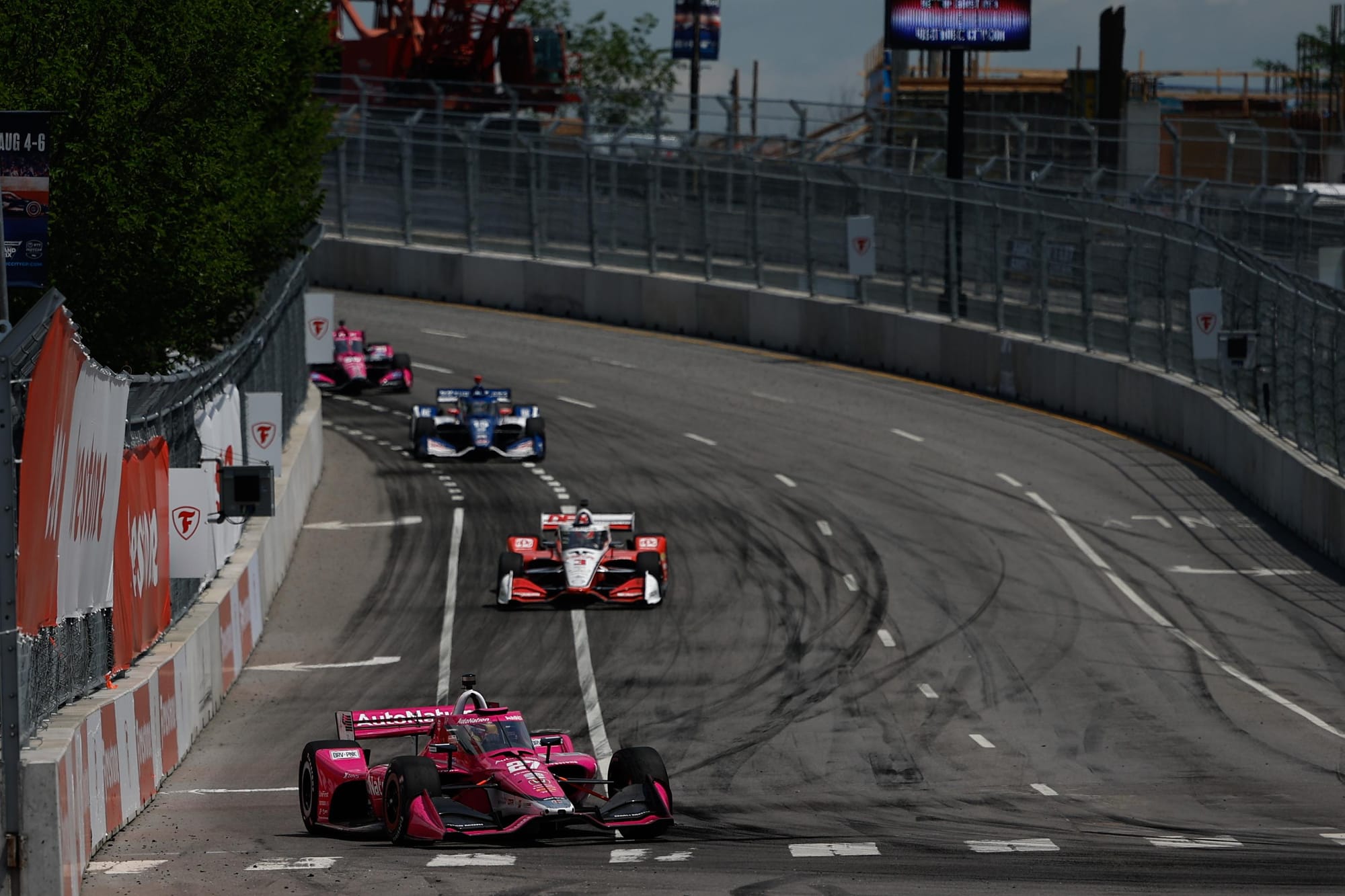
Due to COVID and then general season-long travel plans, it was actually 2023 by the time I got to go to the Music City Grand Prix in Nashville. After this development, boy am I glad I did it when I could!
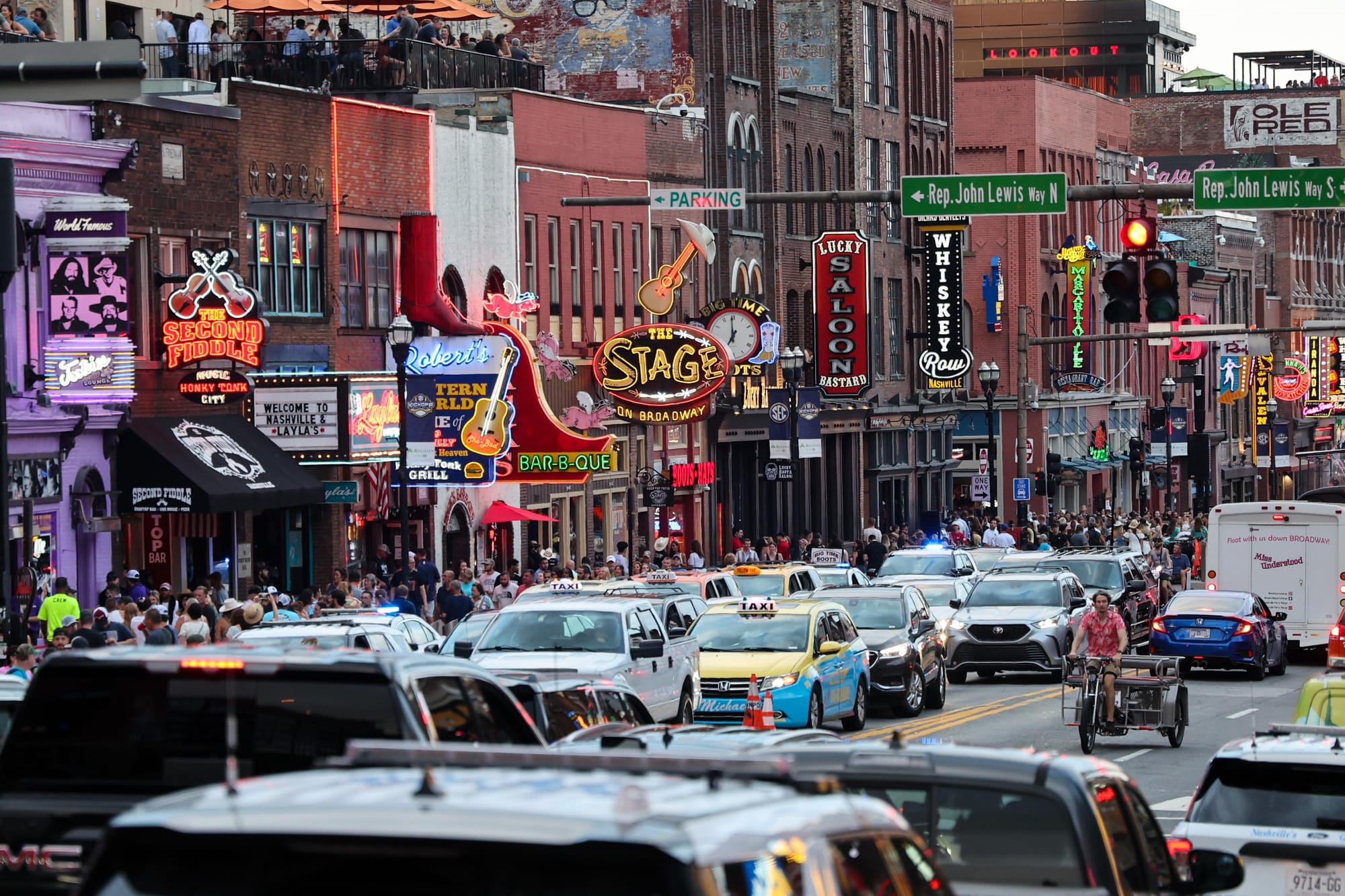
Nashville is the most fun and lively city I think I’ve ever been to. On the street called Broadway, the ‘honky tonk’ bars have live music from noon until the early hours, and the open windows or doors that slide away to make the buildings open-air just create the most intoxicating atmosphere as the music spills out on to the street.
There's so many museums and cultural heritage places to visit, too, making it a place for everyone.
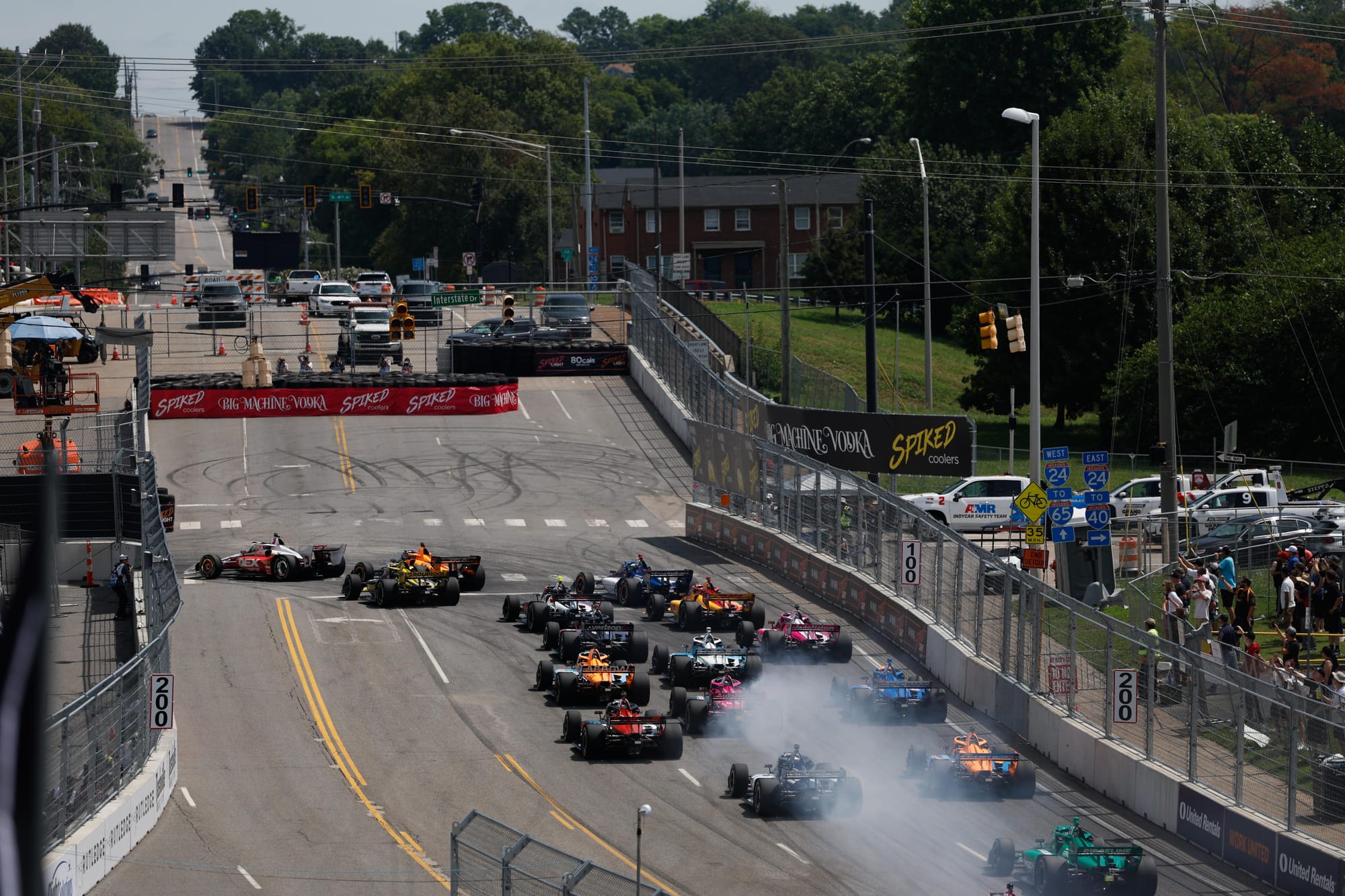
The ‘Crashville’ race itself has always been a conflicting one for motorsport fans. You wonder if the fastest car has ever won that race, but the small pitlane, narrow roads and few overtaking opportunities always create a lot of action and even if it’s not pure, I’ve never switched the race off having not enjoyed it.
The paddock is sprawling and there’s a lot of walking to get around from the stadium to the paddock, but I didn’t find it too difficult and there were golf-cart buggies to get you around if you needed.
The move out to the oval certainly isn’t ideal. While the oval may throw up some drama, it won’t be the same as the street circuit and, no matter who Borchetta attracts to play music there, the atmosphere won’t be the same as the city centre race.
Having said that, it should be a 35-minute drive to the city on a good run, and the series is constantly whinged at for not having enough ovals, so maybe this is the best of both worlds for the series? And with so many fences and walls, the street circuit isn't the easiest race to watch as a spectator, so the oval offers increased options for fans.
Its status as the home of country music - which I’ve grown to really enjoy after my 2023 trip there - and its burgeoning sports and tourism industries make Nashville a must visit. While I’d prefer it to be the street race, where fans know the race is happening and can get up close, the oval offers something different and like with the street race, you should still be able to experience the Nashville life once the racing is done, and stay in one of the coolest cities America has to offer.
Everyone wants this race to be in the city, but the oval is a good Plan B, if the racing is good. That's a big 'if' for me at the moment.
Why's the end of the season controversial already?
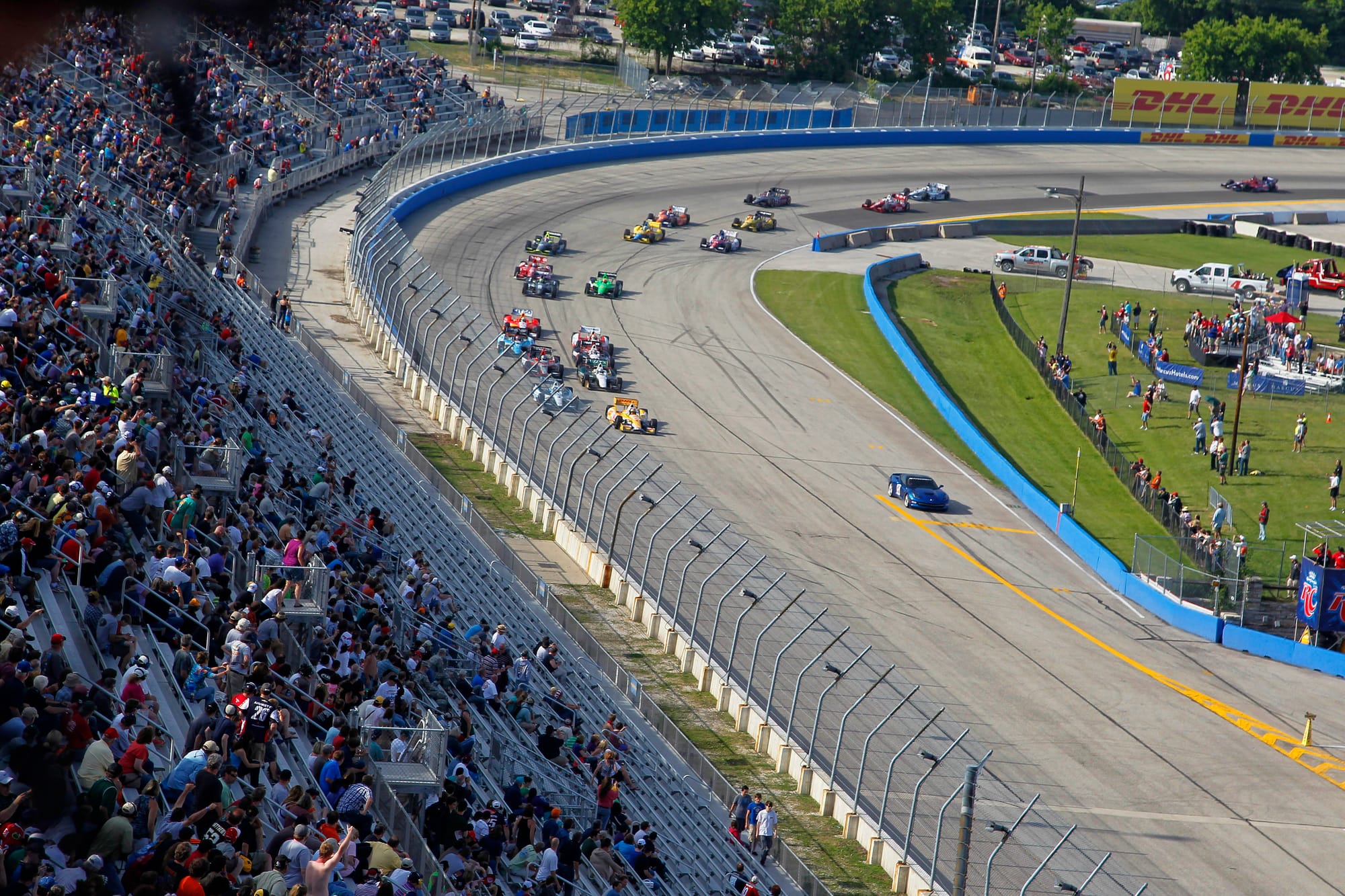
The Nashville oval’s addition does mean that three oval races at two 'new' venues will conclude the IndyCar season, with the Milwaukee Mile (above) also returning for 2024.
It comes as IndyCar also has to make a decision on when it introduces its hybrid units, which will come at some point in the second half of the season.
Not only will the hybrid units change the handling characteristics of the cars, almost certainly favouring the teams that have done the lion's share of hybrid development, the series will be going to two venues only a handful of drivers will have competed on, throwing the form-book from the first half of the season out of the window.
It’s the kind of combination that could make for unusual circumstances and a champion born more out of luck than skill. Only time will tell us how the end of season will play out.
Will the race ever return to downtown Nashville?
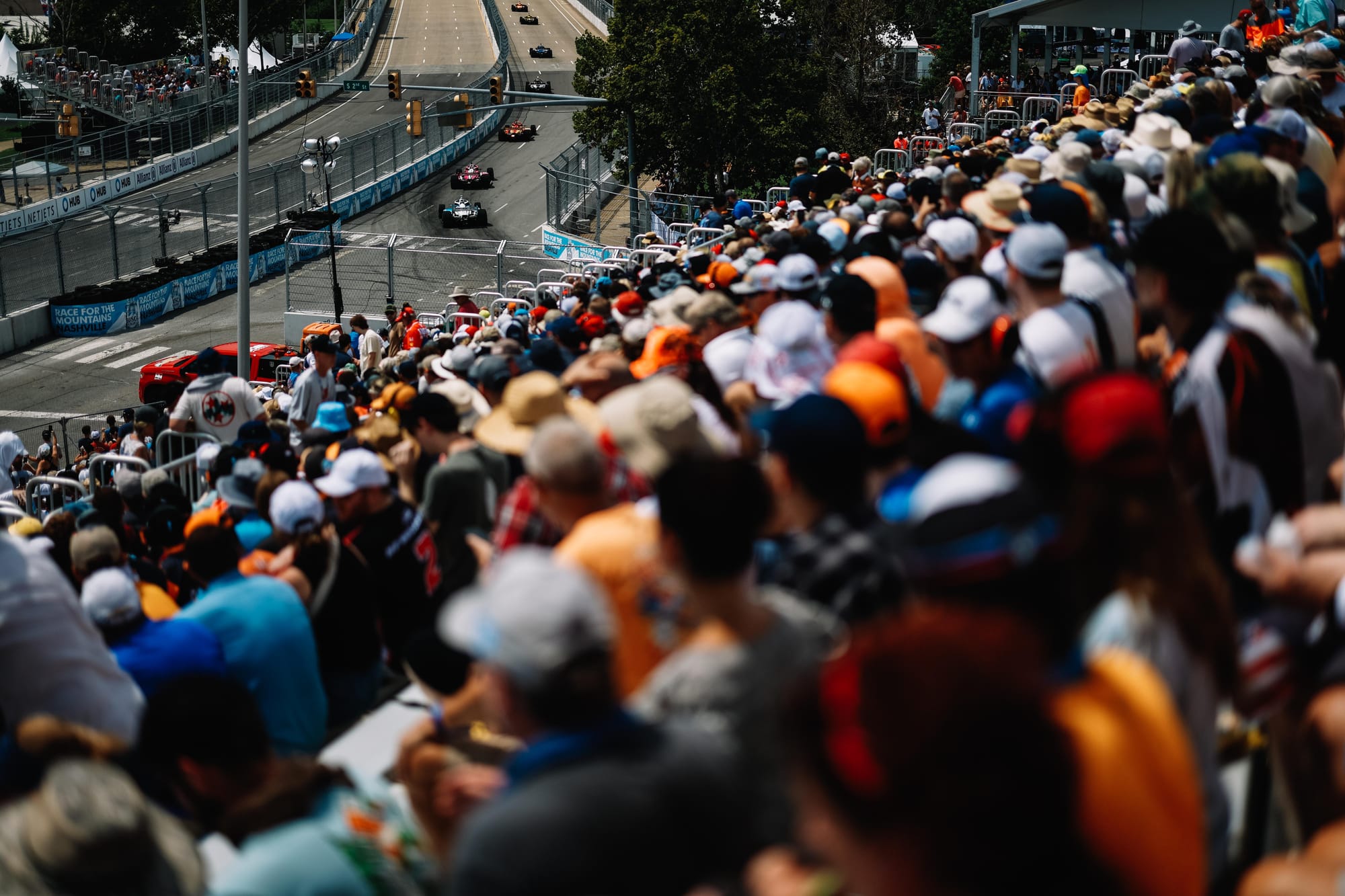
This is a tricky one.
Theoretically, once the Titans NFL stadium is complete - currently set to be 2027 - the race could return there although a September date always has the possibility to clash with the NFL, so a date earlier in the season might be more likely.
Borchetta was asked whether a return to the city would mean using the same track that hasn’t been raced yet (pictured below), which was a slightly altered version of the circuit used in previous years that took in more of downtown Nashville.
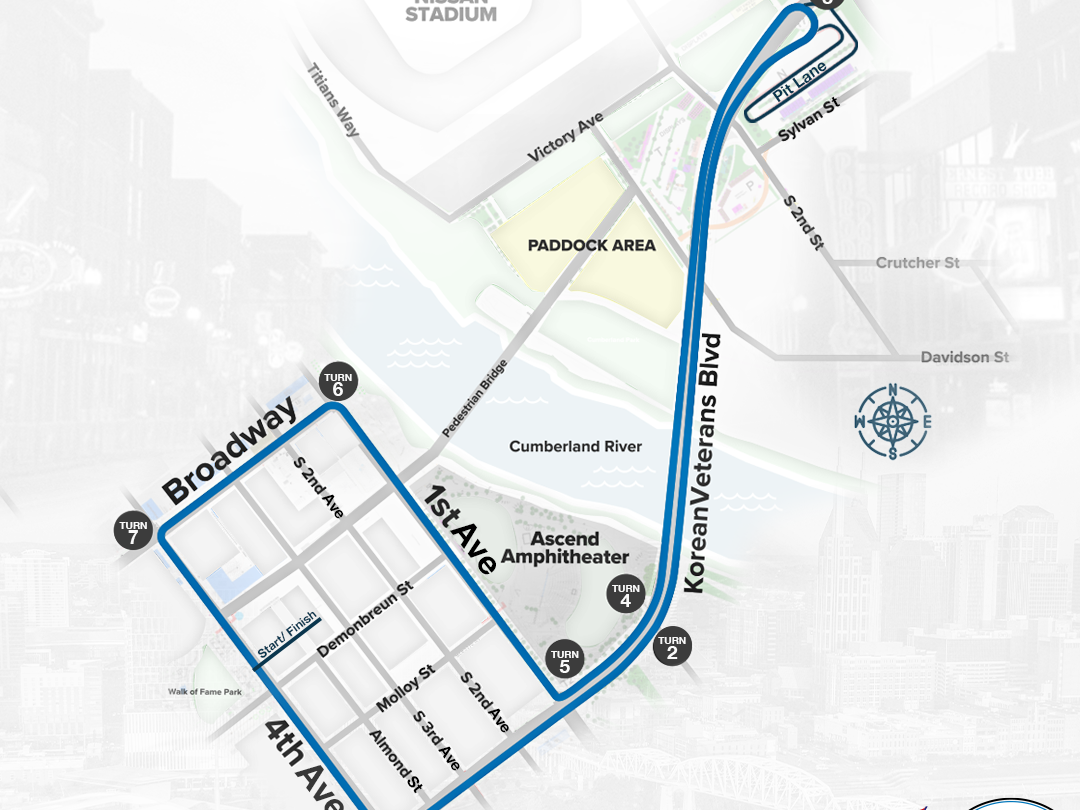
“I think the less we use of downtown, the better,” Borchetta said.
“I want to make sure we touch it, but racing through it like we have proposed for this year, that's going to continue to be challenging. Let's not pull any punches.
“But the way that the East Bank [the area including and around the stadium, which is also being developed] is coming together, that is one of the top items for Mayor O'Connell [Nashville's new mayor Freddie O'Connell] to get completed and get properly funded, and we're in his ear about that.
“We want to be part of the conversation and the thought process of how we can continue to utilise that footprint.
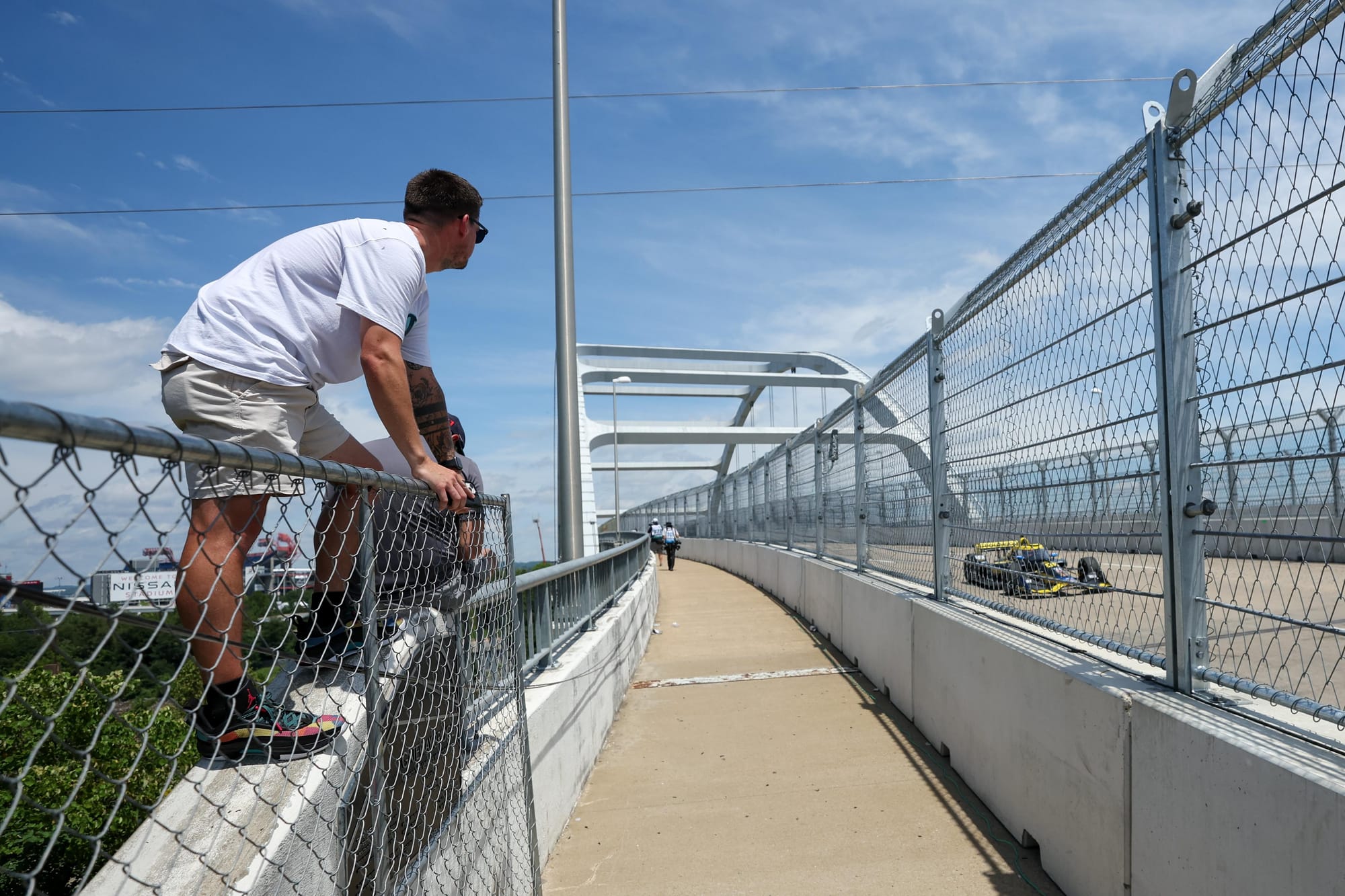
“I think when we come back downtown, a lot of the race will still happen on the other side of the river. We still use the bridge, and perhaps we use a similar layout on this side of the river, if you will, that we've done in past years.
“There's going to be a different on ramp for the bridge that's coming, as well. It's going to give us a lot of opportunities to really figure out a great racetrack for the future.”
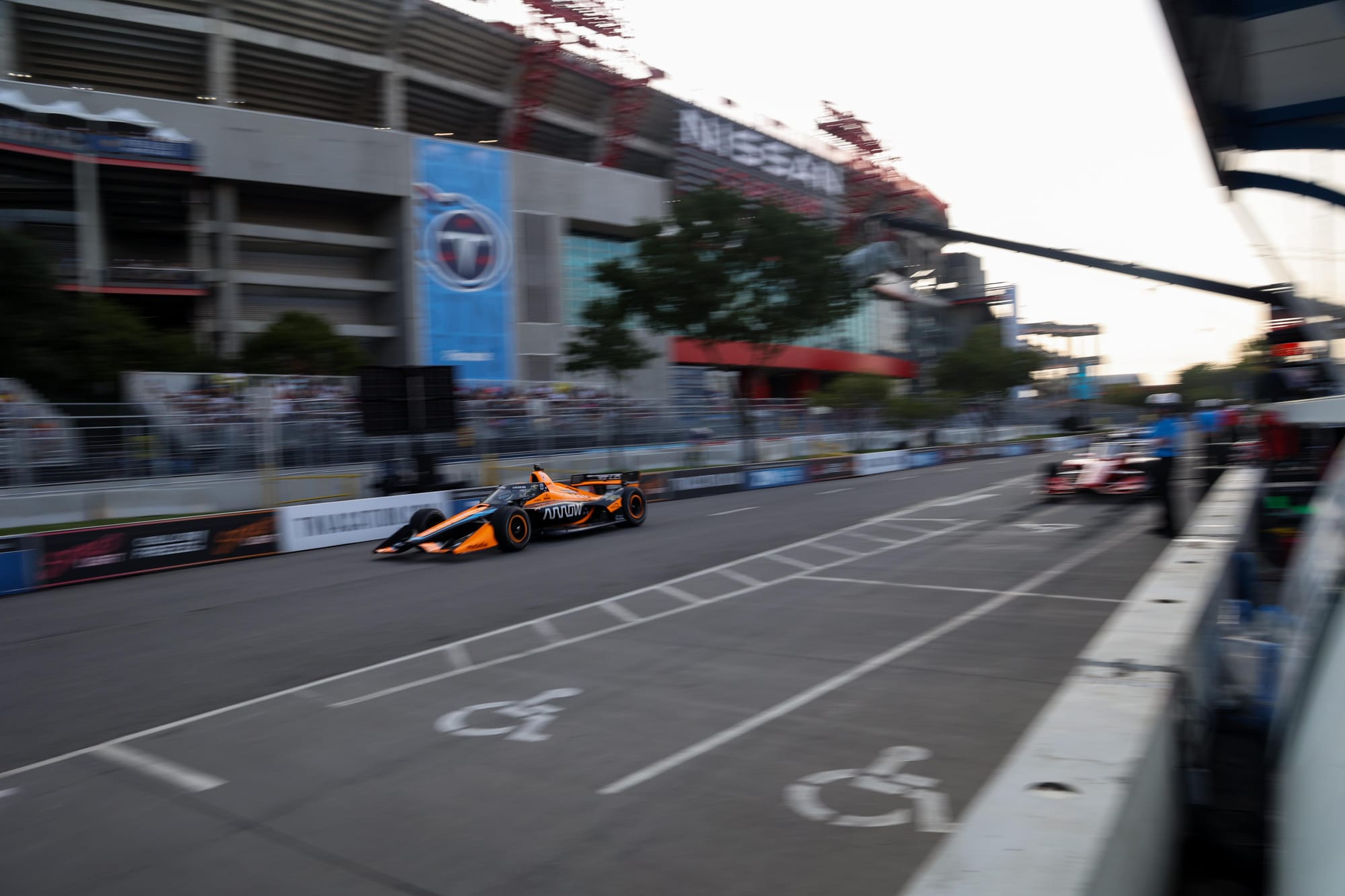
Like any street race, Nashville would face a number of logistical challenges while also having to show enough benefit to the city for the amount of disruption a street circuit weekend causes to be worthwhile. Changes of governments and officials can impact this, as can a groundswell of support for or against from local residents. The list goes on.
It’s clear where Mark Miles, president of the Penske Entertainment group that owns IndyCar, wants the event’s future to go.
“The vision and the intent behind this event is to get to downtown, and we hope that we can do that in the foreseeable future,” he said.
What else have we learned?
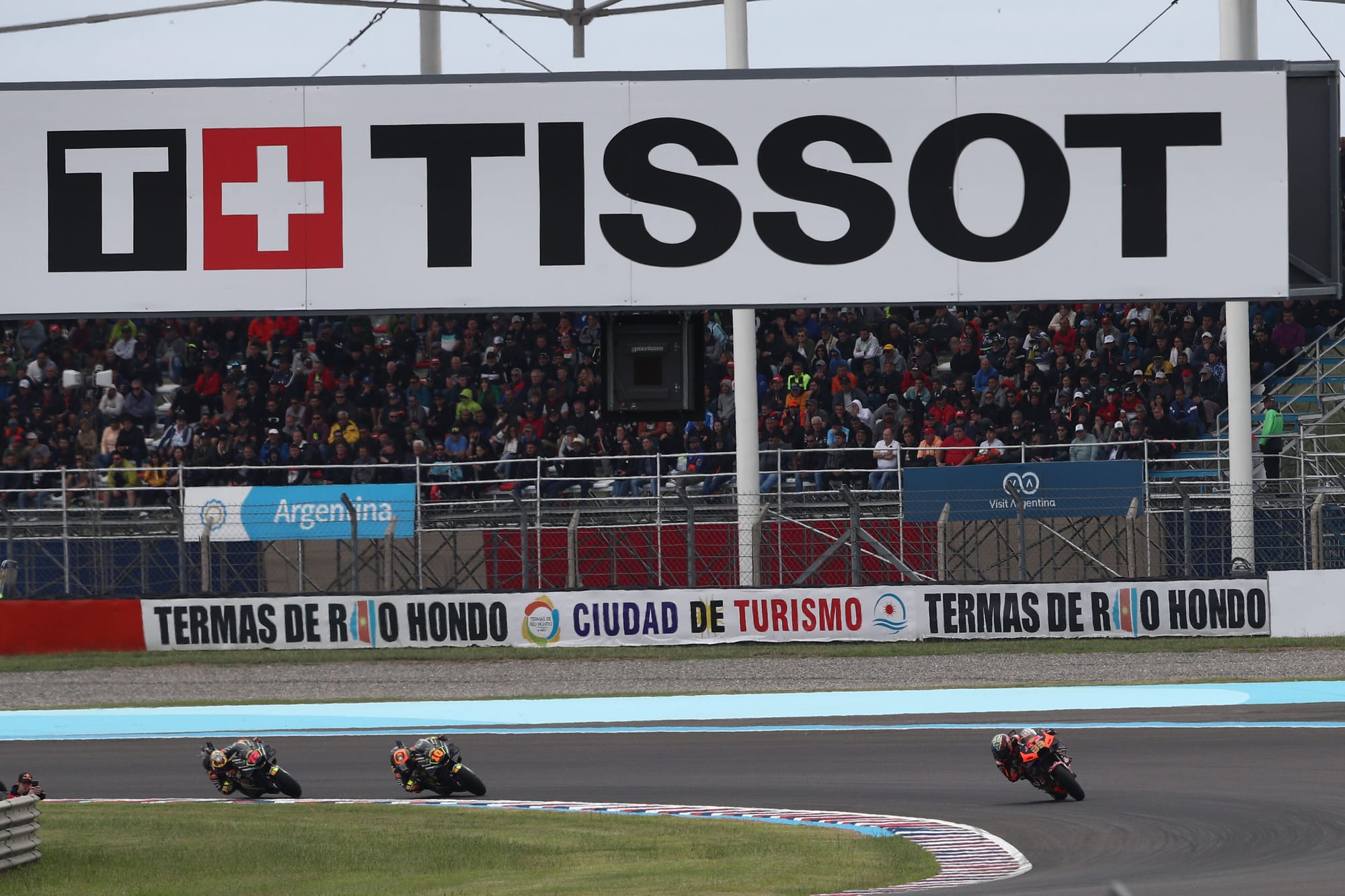
While the members of the media addressed Borchetta and Miles primarily about the Nashville race, the latter was asked about the chances of a race in Argentina, something Miles has regularly been working on.
Since Ricardo Juncos came into IndyCar full-time for 2022, he has been keen to help promote a race at Termas de Rio Hondo, and although it wasn’t announced in the 2024 IndyCar calendar Miles had said there were conversations ongoing and he was hopeful of getting a non-championship race over the line.
However, MotoGP’s Termas race being cancelled pointed to the chances of the IndyCar race slipping away. Argentina is facing inflation of 250% and soup kitchens in the country are reportedly close to collapse as the people there face the risk of extreme poverty.
In light of the conditions in the country, a race in Argentina should be the last thing on anyone’s mind.

